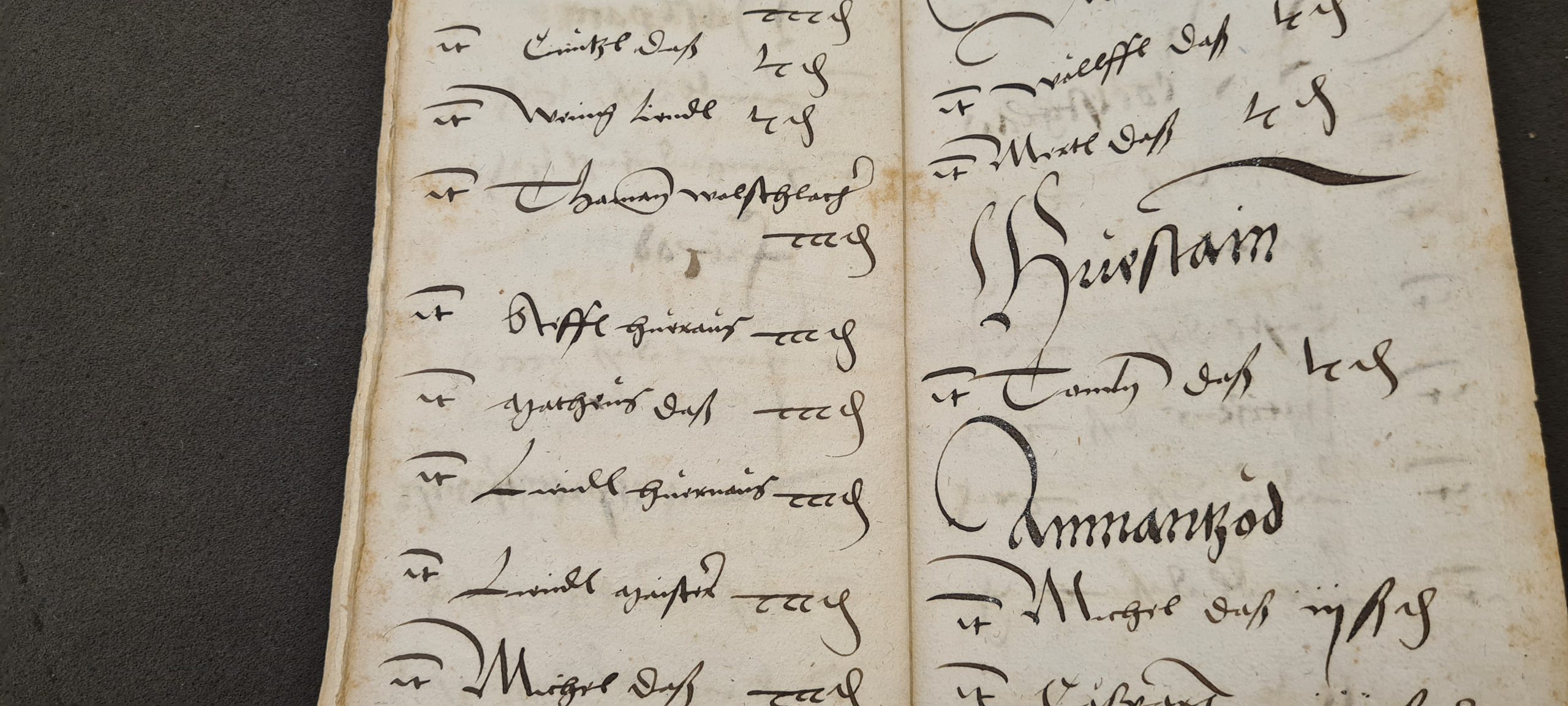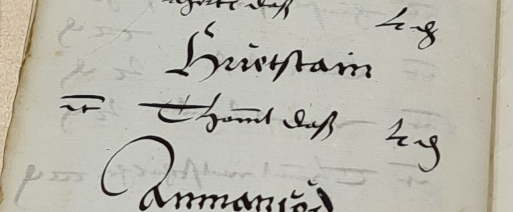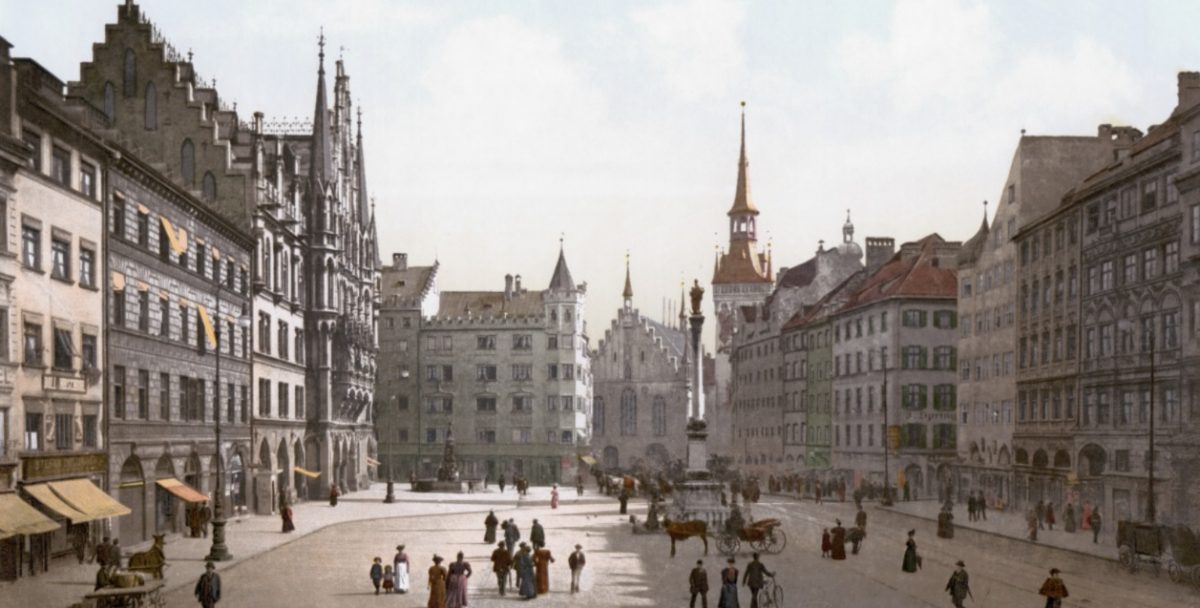Approx. 1470: birth of first known Hutsteiner
The first known Hutsteiner is Tameln (or Thomml)- the austro-bavarian pronounciation of ‘Thomas’ – living in Hutstein, Upper Austria. The correct reading of the record is a little bit disputed as other historians interpret it as “Tameln” while I’m interpreting a second record as “Thomml”. Our local dialect spoken nowadays still uses “Thamerl” instead of “Thomas” often.
Tameln is mentioned in the old cadastre document (Urbar) of 1509 and a tax document of 1509 available in the states archive of Austria, Vienna. This also means that he was born approximately 1470, because usually young adult people were awarded with a fief to keep the numbers of changes of owners low. So, Tameln’s age can be estimated at approx. 30-40 years in 1509.
In fact in this document he is not really designated as ‘Hutsteiner’, as surnames did arise during these times only, but living in the hamlet of Hutstein made him an ‘Hutsteiner’ for sure, or, in a more correct way, a ‘Huetstainer’ in the local dialect. At this point of time peasants often were called according the place they lived.

I would like to emphasize at this point: it does not necessarily mean that all known Hutstein families descended from him – definitely not.
First, it was common in this region that some people who changed their home / living place got the surname derived from the place, location or the name of the farm they occupied. I.e. if Tameln changed his location or farm he got a new surname afterwards. And this could have happened several times.
This also means that all known Hutsteiner families of the Austro-Bavarian lines do not implicitly be close relatives. They may have their origin in different families but once they lived in Hutstein, they got the surname ‘Huetstainer’ during the formation of surnames, too. And changing the home or living place was as common as nowadays. But as most people in this low populated area are related quite close to each other this is – for sure – the case for the Huetstainer families, too.
By the way: this changing of surnames according to the living location obviously did stop in the Wegscheid parish district before the 1630s. But there are other areas in Bavaria and Austria where it was common until the 1730s. During my researches I found families, which changed their surname 3 times within a decade during the 1690s. And I could observe surname changes of documented Hutsteiner families, too. Wolfgang Hutsteiner obviously was a born Stölzl family member. For him and some of his children, e.g. Thomas Hutsteiner, this name Stölzl was used, too.
Second, shortly after 1509 there had been two fiefs at Hutstein, one belonging to the dominion of Falkenstein, the other to Rannariedl.
So, we had two of our family lines at Hutstein: the first one started with Tameln (Thomas) Hutsteiner before 1509 in Rannariedl dominion and probably ended around 1581 with Steffan Hutsteiner, the second one started with Hannsl (Johann) Hutsteiner at least 1537 in Falkenstein dominion and probably ended around 1630 with Zacharias Hutsteiner. Whether Hannsl on the Falkenstein fief was a descendant of Tameln on the Rannariedl fief or from another family probably never will be clarified, but as the second fief was within another dominion likely it had been another family.







